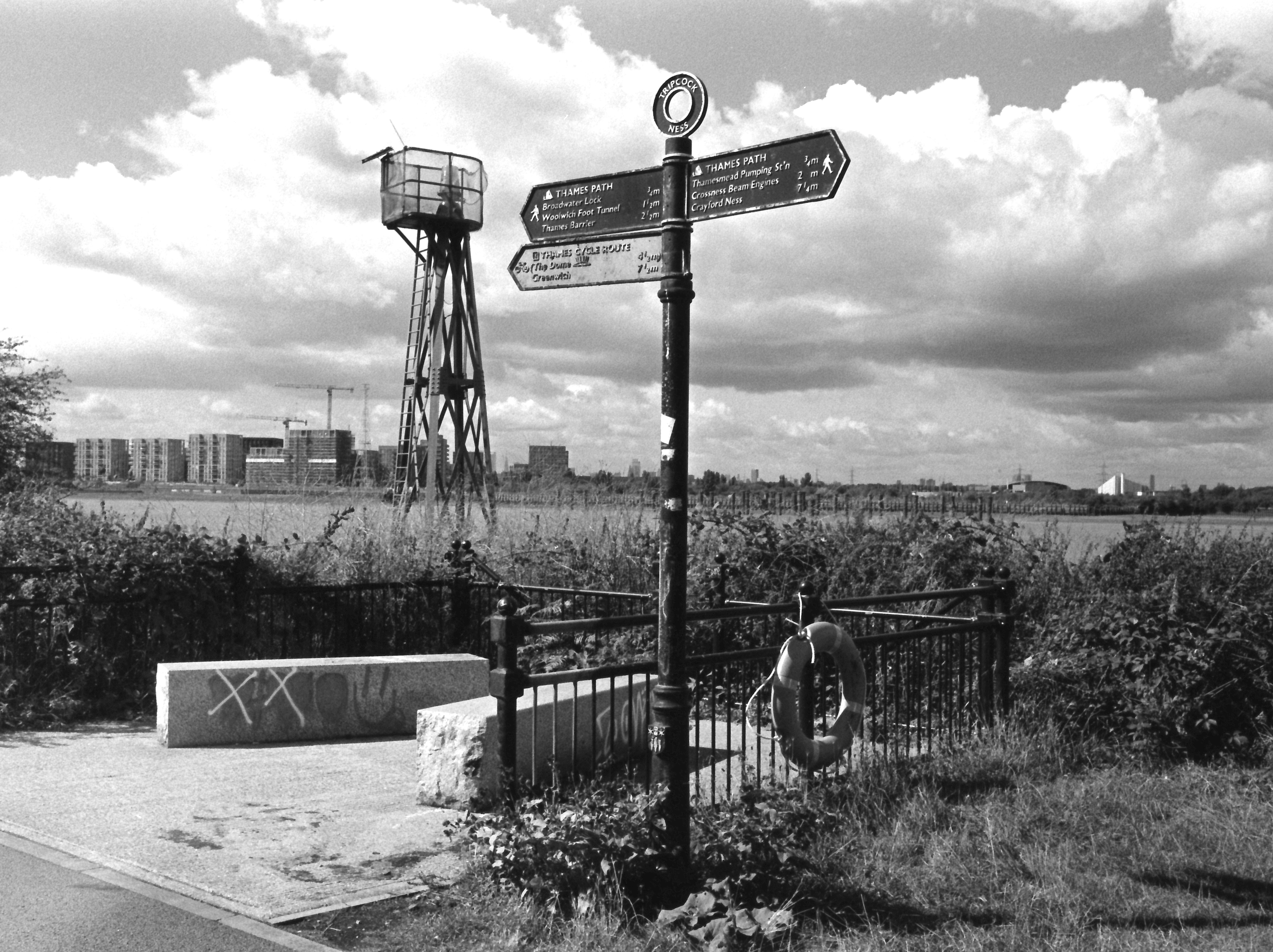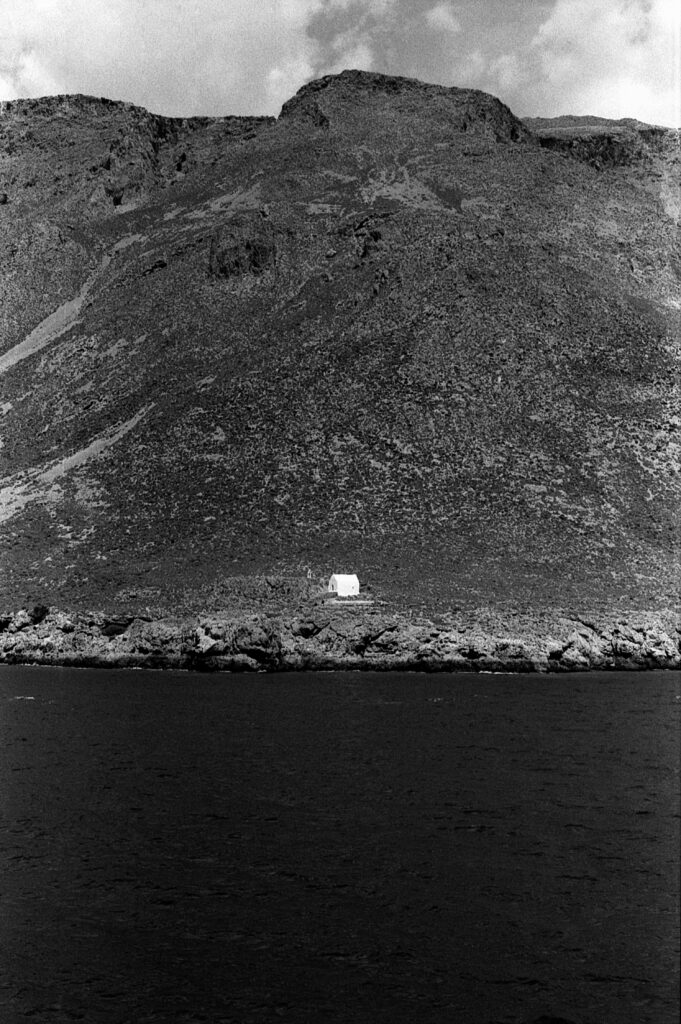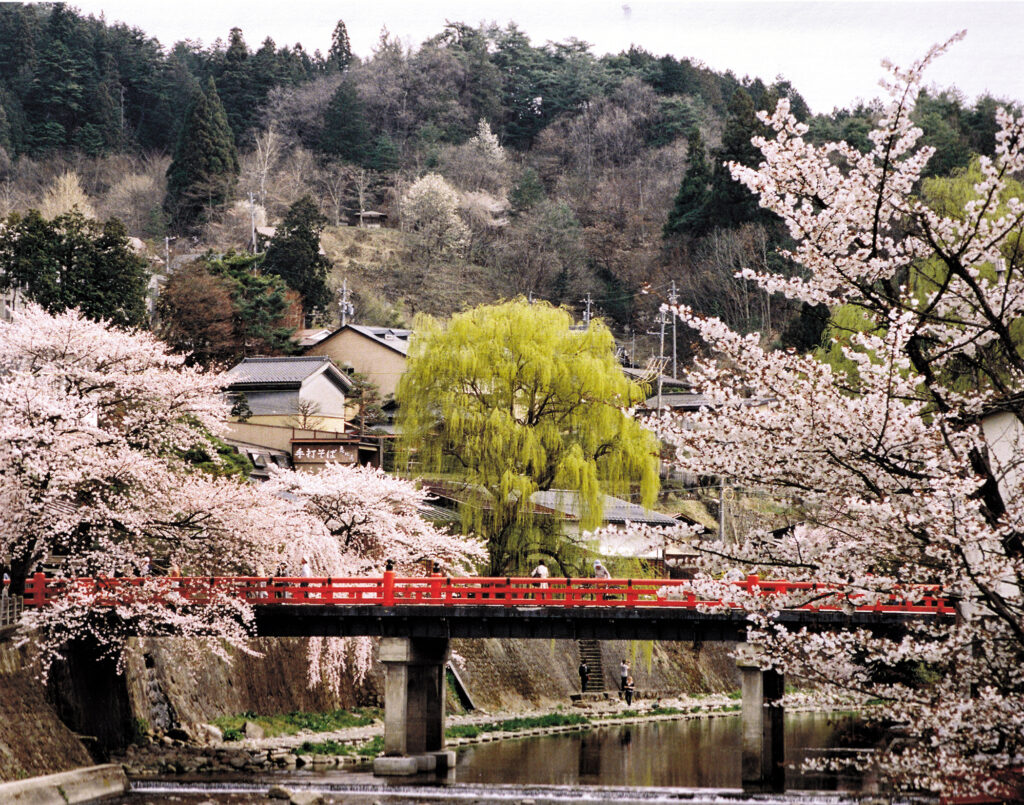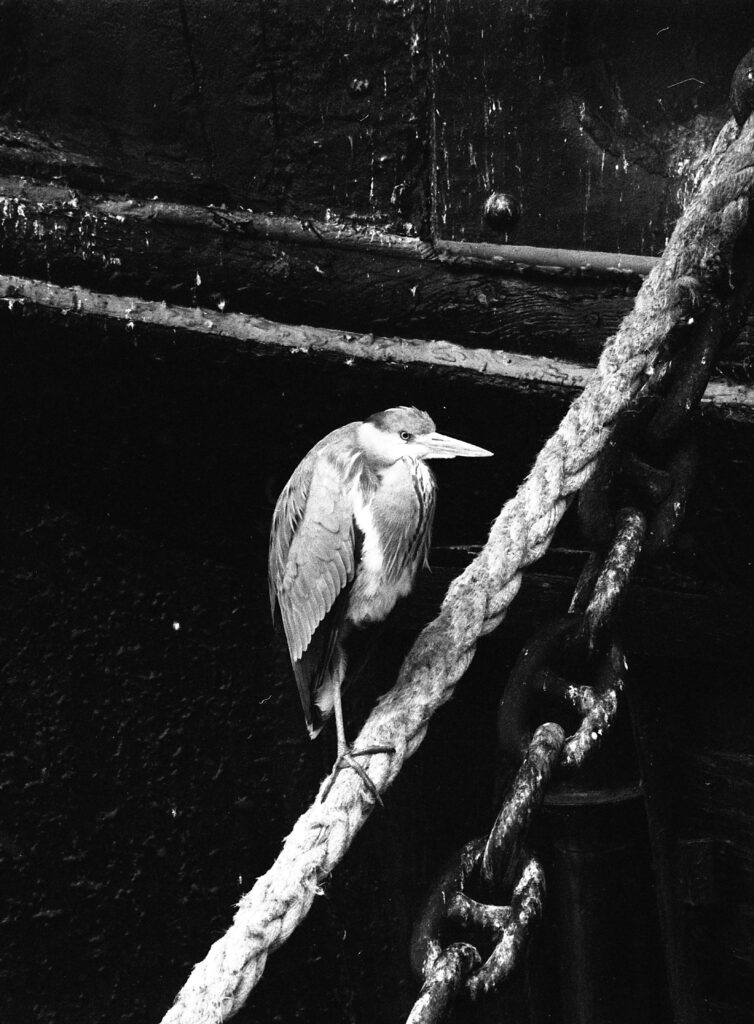Looks mundane doesn’t it? No matter how I tried to dress it up – choosing a day of dramatic clouds and hanging a fortuitously discarded lifebouy on the railings – there’s no escaping the scene’s mundanity. So why am I boring you with this inauspicious image?
Tripcock Ness is pivotal to the micro-history of this stretch of the Thames just east of Woolwich. Four thousand or so years ago this area was forest, submerged remains of which can be seen at low tide. Silt deposited by the flowing river mingled with vegetation to form a bank of alluvium, the ness, which in turn forced the Thames into one of its many meanders.
The most appealing theory of the origin of the name harks back to the days of sail. Tripcock Ness marks the point beyond which vessels heading upriver were prohibited from having anchors hanging loose, ‘a-cock’, instead of hauled in and secured, ‘a-trip’.
Sheltered by the ness a natural basin was created upriver which in the early nineteenth century was utilised for access to the Royal Arsenal Canal via Broadwater Lock. The lock, although unmarked and concreted in, can still be made out together with a stretch of the canal. It wasn’t really much of a canal, more a long, narrow dock, but it served its purpose in providing the Arsenal a means of handling water-borne loads independent of the tide. That is until the coming of the railways two decades later. The Arsenal, always eager to embrace technological and engineering innovation, eventually grew its internal railway system to a staggering 147 track-miles in an area of two square miles and the canal, like many others, fell into disuse.
Just off Tripcock Ness in 1878 the paddle-steamer ‘Princess Alice’, overloaded with trippers and returning from Southend, collided with a collier and sank. Over 650 lives were lost, many not from drowning but from the effects of immersion in the sewage polluted river. Sir Joseph Bazalgette’s transformational sewer system for Central London, completed in 1875, had merely removed the problem to the outskirts. The cathedral-like pumping station at Crossness housing four beam engines tasked with discharging raw sewage into the Thames at high tide is just a few miles downstream. ‘Princess Alice’ would have passed it on her fateful last voyage. It was only as a result of the tragedy that sewage was eventually treated at Crossness before discharge.
Swifter, screw-driven vessels started to replace ponderous sail and the ness jutting out into its meander started to be a hazard for shipping bound for and away from London’s docks. In 1902 Trinity House, the charitable body responsible for ‘signs of the sea’, erected a lighthouse at the tip of the ness. Strange as it may be to us landlubbers, that meccano-ish structure is indeed designated as a lighthouse and was the reason for me coming out here. Learning from a local news item that Trinity House proposes to replace it with a modern structure I was determined to have my own record of it. Too many times I have let the opportunity to photograph historic survivors slip away when they have disappeared seemingly overnight. Ship of Theseus it may be in that its simple components have probably been renewed many times over the years, Tripcock Ness Lighthouse is nonetheless of historical significance. More than that, it still has importance. It is the point at which upriver vessels must inform Thames Flood Barrier Control of their intention to pass through.
Tripcock Ness? Not so mundane after all.
Minolta SRT101b / Rokkor 35mm f2.8 / Yellow Filter / FP4+ / Rodinal
Share this post:









Comments
Jeff T. on Tripcock Ness – A One Shot Story
Comment posted: 19/11/2024
Comment posted: 19/11/2024
Patrick Medd on Tripcock Ness – A One Shot Story
Comment posted: 19/11/2024
Comment posted: 19/11/2024
Nik Stanbridge on Tripcock Ness – A One Shot Story
Comment posted: 19/11/2024
Comment posted: 19/11/2024
Jukka Reimola on Tripcock Ness – A One Shot Story
Comment posted: 20/11/2024
Comment posted: 20/11/2024
Geoff Chaplin on Tripcock Ness – A One Shot Story
Comment posted: 20/11/2024
Comment posted: 20/11/2024
Peter Kay on Tripcock Ness – A One Shot Story
Comment posted: 20/11/2024
Comment posted: 20/11/2024
Bill Brown on Tripcock Ness – A One Shot Story
Comment posted: 20/11/2024
Comment posted: 20/11/2024
Stefan Wilde on Tripcock Ness – A One Shot Story
Comment posted: 20/11/2024
I believe I could spend days walking the banks of the Thames with you, just listening and sometimes asking. I think I eventually will ;-)
Greetings from the river Elbe to the river Thames!
Comment posted: 20/11/2024
Paul Quellin on Tripcock Ness – A One Shot Story
Comment posted: 21/11/2024
Comment posted: 21/11/2024
Simon Foale on Tripcock Ness – A One Shot Story
Comment posted: 01/12/2024
Comment posted: 01/12/2024